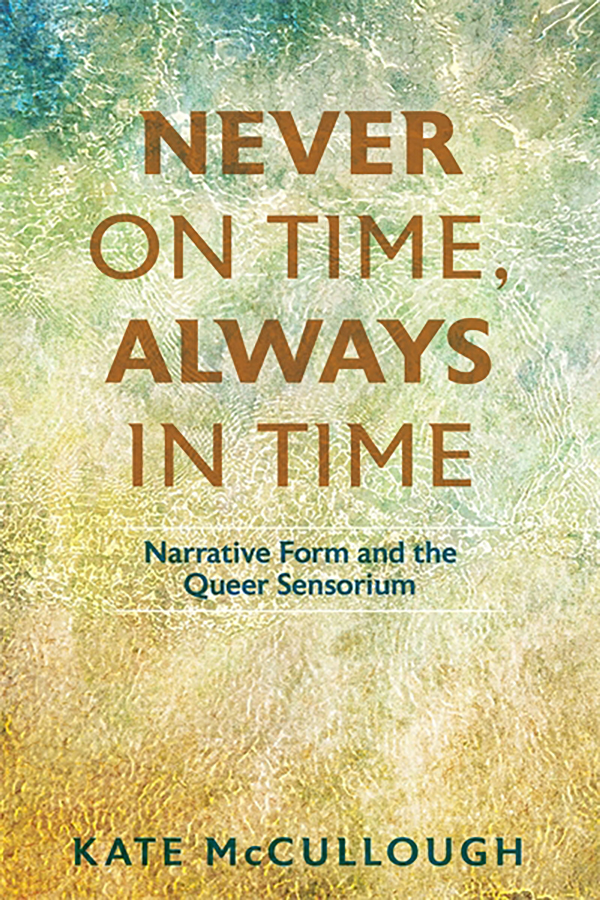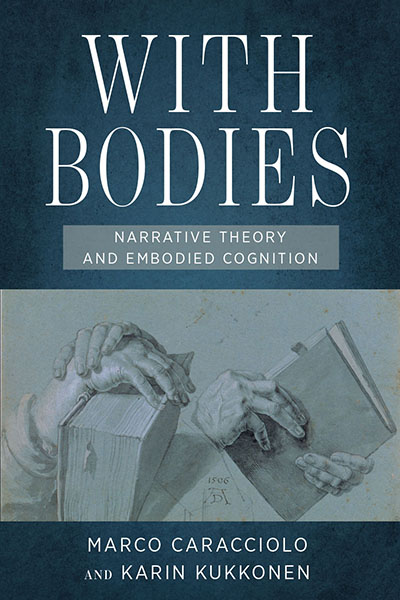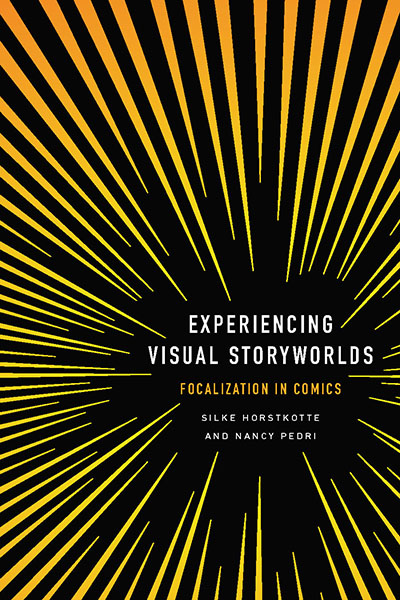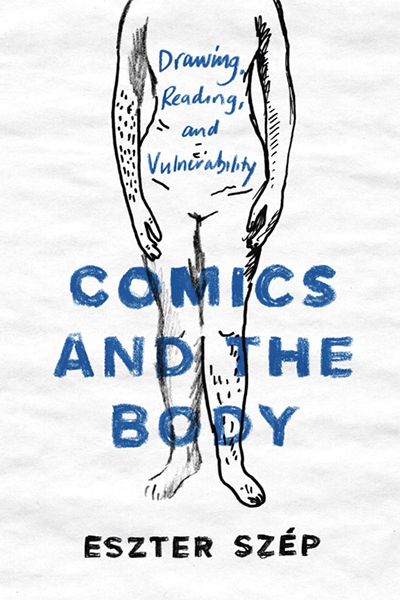Publication of this open monograph was the result of Cornell University’s participation in TOME (Toward an Open Monograph Ecosystem), a collaboration of the Association of American Universities, the Association of University Presses, and the Association of Research Libraries. Learn more at the TOME website, which can be found at the following web address: http://openmonographs.org.
“Recommended. Advanced undergraduates through faculty.” —G. Sikorski, CHOICE
“Never on Time, Always in Time is a groundbreaking work in narrative theory. It accomplishes a queer narratology that clearly and coherently connects specific narrative devices with such major concerns of queer theory as temporality, futurity, materiality, affect, and anti-heteronormative resistance. A transformative work.” —Robyn Warhol, coeditor of Narrative Theory Unbound: Queer and Feminist Interventions
Queer futures begin with the body. In Never on Time, Always in Time, Kate McCullough explores how writers summon queer bodily experiences by way of the senses: these experiences have much to tell us about the pasts, presents, and futures of queer life. The author discusses how narrative form and techniques represent the senses in order to open a more expansive temporality for writers and readers. Can queer futures contain the utopic, while also addressing the violence of the past and present? McCullough argues that a narratology that incorporates the senses is integral to conceptions of queer time, which in its most potent, palpable, and radical expression depends on a rendering of the senses. Never on Time, Always on Time looks at works by Monique Truong, Carol Rifka Brunt, Mia McKenzie, and Alison Bechdel to explore how they invoke the senses to narrate what otherwise seems to be non-narrativizable. McCullough thus reveals a vital queer narratology at work, a mode of reading and writing the senses toward a survivable future. She calls this cluster of contemporary texts “narratives of the queer sensorium,” and argues that representations of the senses in these texts open new perspectives onto history, futurity, and relationality.
Kate McCullough is Associate Professor of English and Feminist, Gender, and Sexuality Studies at Cornell University. She is the author of Regions of Identity: The Construction of America in Women’s Fiction, 1885–1914.
Contents
List of Illustrations
Acknowledgments
Introduction Queer Narratology: Reading and Writing the Senses in Time
Chapter 1 Re/pasts: The Reiterated Ephemerality of Food in The Book of Salt
Chapter 2 Relays, Negative Space, and the Temporalities of AIDS
Chapter 3 Interruptive Intensity, Community, and the Queer Artist
Chapter 4 Drawing on the Senses: The Reparative Potential of Fun Home’s Graphic Form
Conclusion
Works Cited
Index





